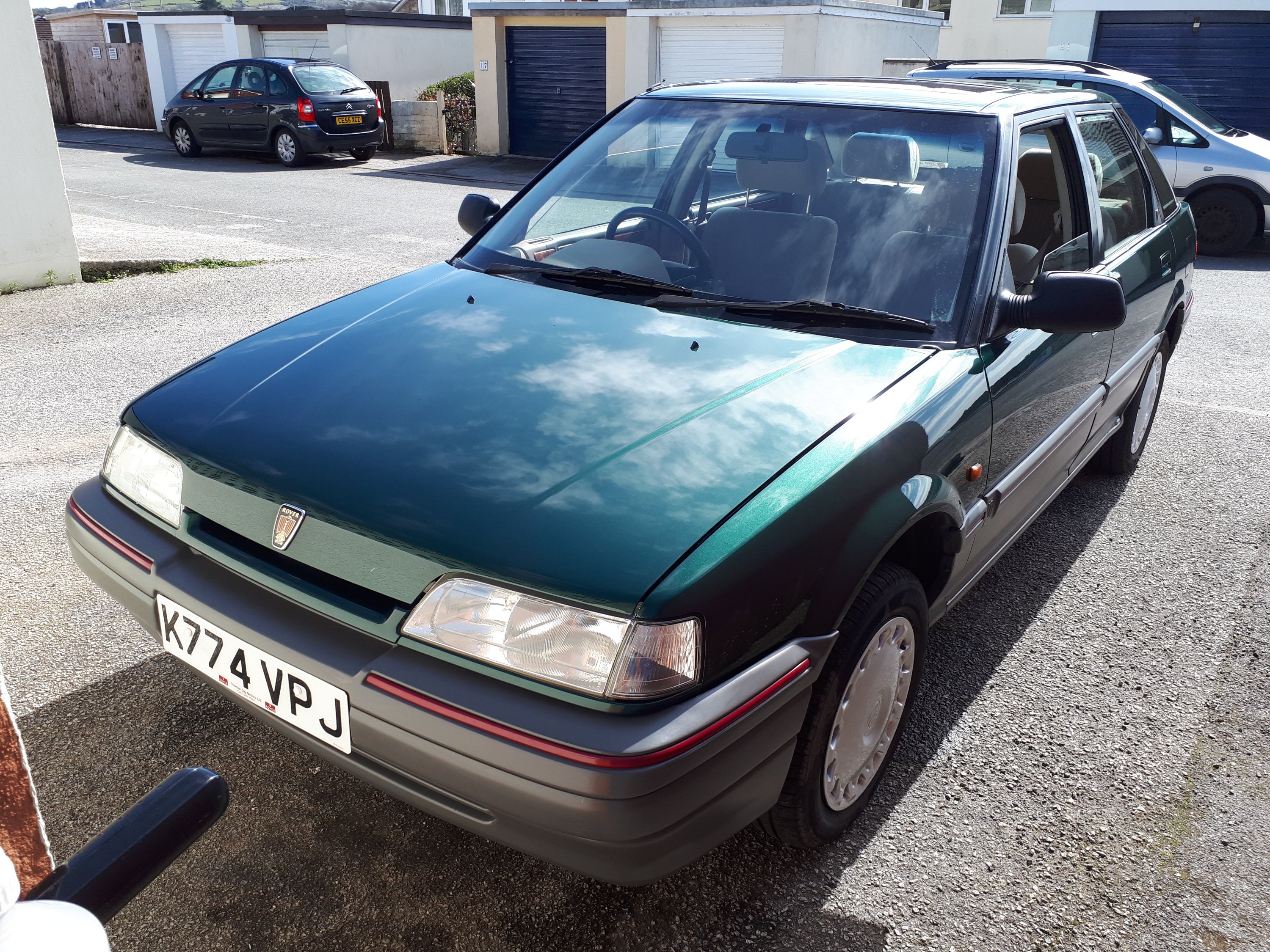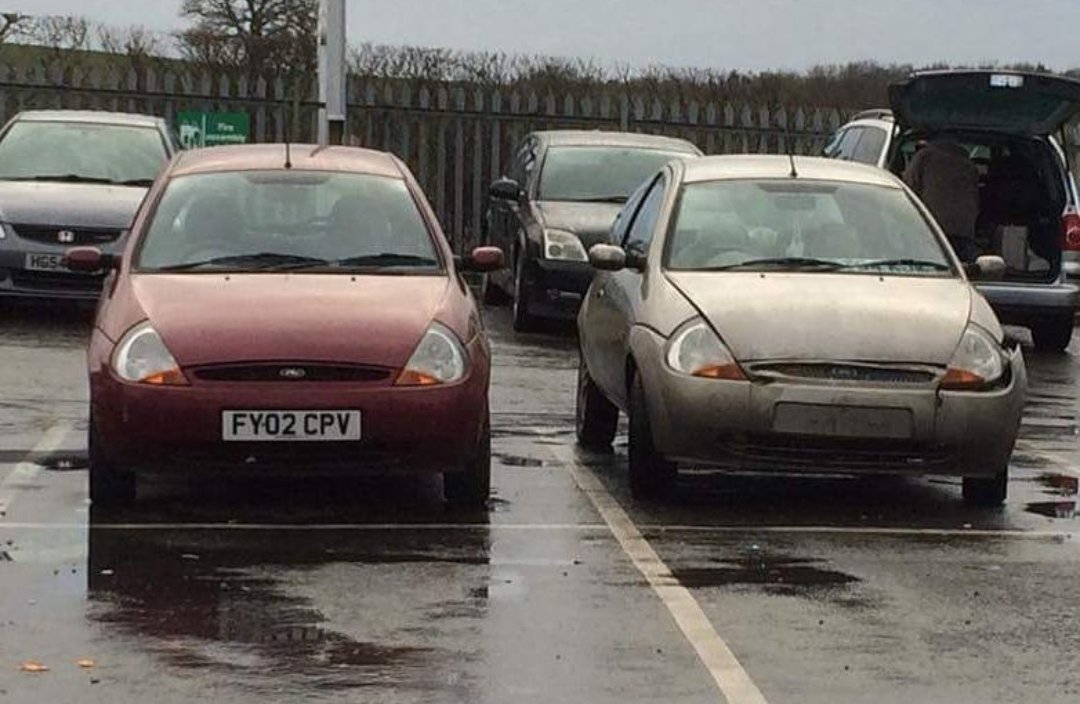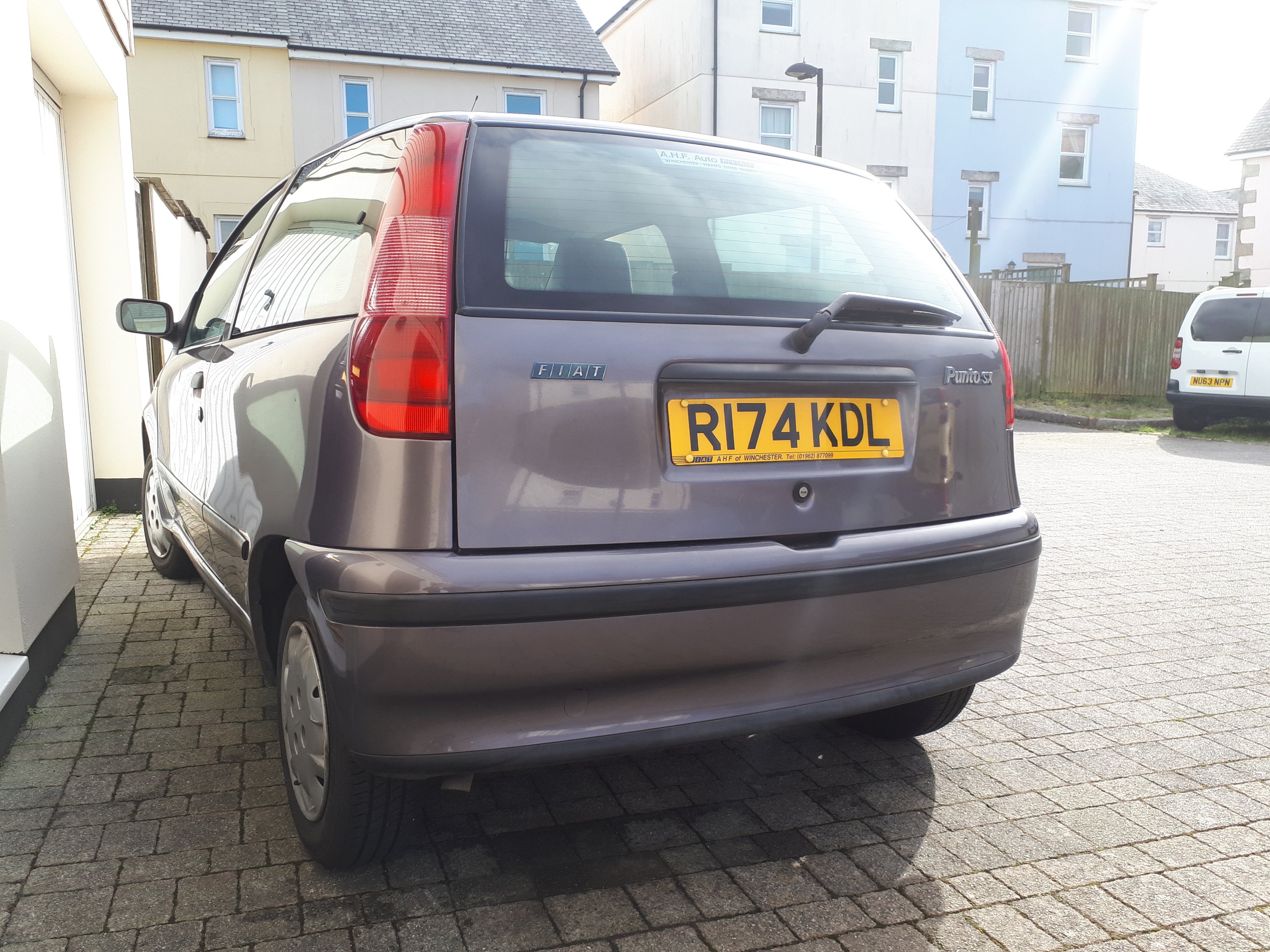
I love writing about cars and music, and when I write something about music, or an album I like, I tend to write about it quite a while after the initial release. That gives me time to get to know the album, get to enjoy it and listen to it in many different scenarios – on the turntable, in the car, at work or relaxing with the headphones on. In this instance, it’s pretty much a year down the line since this album was released, so I’ve really got to know it. But then, we have had quite a wait for this album in the first place…
Something like this only happens once every million and six years, and I’m not talking about some fantastic geological event, it’s much more important than that. It’s a new Lightning Seeds album, and as such I feel absolutely obliged to write about it because, well, it’s the Lightning Seeds and they’ve got me through thick and thin. Rough with the smooth. Clean with the dirty. You get the point. It’s the first new music from Ian Broudie in thirteen years, which was the very underrated Lightning Seeds album Four Winds. It’s full of Broudie’s trademark melodies, brilliantly layered vocals, immaculate production and more than a hint of melancholy in the lyrics. Ian has claimed that he was anxious about releasing new material, but he needn’t have been.
But before we get to the album, I’m going to waffle about the band for a little bit. As far as I’m concerned, they’ve never sounded better. That’s not a slight on other lineups, but this lineup works. I’ve seen them a couple of times in the last couple of years and the playing is fantastic, they sound energised and there’s a sense of really wanting to be up on the stage. There’s a brilliant rhythm section made up of long-time Lightning Seed Martyn Campbell on the bass, and Jim Sharrock (nephew of Seeds original drummer Chris Sharrock) on the drums. Get a decent rhythm section and your band is made, and this rhythm section is, erm, marvellous. Perfect, you could say. Ian’s son Riley is an excellent presence on guitar, and there’s some fantastic Father – Son moments on stage. Adele Emmas brings some great keyboards, samples and lovely vocals to the band. And Ian? Well, he looks like he’s having the time of his life, and that comes across in the performances.
Before we even press the play button, the cast of players and singers on the album is boss. Among others, Miles Kane, Terry Hall, James Skelley and a welcome return of Angie Pollock join the current lineup. The album starts off perfectly with Losing You, a song about falling in and out of love and trying to be as positive as possible – say yes rather than no. It was recorded in an afternoon with foot tapping and lap slapping for percussion in a similar vein to Buddy Holly or Paul McCartney. I love the vocals and the harmonies are fabulous and in a shade over 2 and a half minutes it’s done, but it builds up to track two beautifully.
Track two is one of the (many) stand-out songs and it’s Emily Smiles. More of those harmonies and a groovy 60s vibe. Chosen as the second proper single to promote the album, there was a great promo video recorded featuring Ian, Riley, Martyn, Adele and Jim. Emily Smiles is bittersweet, as on the one hand it’s full of classic Lightning Seeds hooks and wouldn’t have been out of place on Dizzy Heights. To paraphrase Ian, It’s about how life can be changed by unexpected events and moments and how differences can be solved simply by a smile. With the passing of time, we realise Emily Smiles was the final song co-written with the late, great Terry Hall. A close friend and frequent collaborator of Ian’s, he died in December 2022 after battling pancreatic cancer. Being a massive fan of Terry’s – his album Home is one of my all time favourites – it’s a celebrity death that’s hit me hard. But the fact that the last song he co-wrote with Ian is such a stunner is a fantastic way to remember him.
Musically, Green Eyes seems to follow on from Pure. It has a lovely little melodic flourish throughout that resembles the melodic flourish from Pure, and the lyrics follow a similar theme, too. Falling in love, hoping it won’t end, and the lyrics “my pages are torn, but you’re reading them right” floor me every time. Another stand out song on the album
Great To Be Alive is such a hopeful tune and was the first song recorded for the album. Great To Be Alive was recorded with, co-produced and co-written by James Skelley of The Coral. The message of the song is no matter how bad things can be and hurt you can be, life really is worth living, get out there and enjoy it. Great To Be Alive should be people’s mantra.
Sunshine was the first glimpse we all had of new Lightning Seeds material and after the first listen, I was incredibly happy. Really sounded like they hadn’t been away. The message conveyed is it doesn’t really matter what’s going on in the world, when the sun comes out everything is better. I’m sat on a cold, wet Cornish October evening writing this and listening to this song as I type, and instantly I’ve been transported back to summer. An absolute gem of a song.
Fit For Purpose. Such a dreamy melody with lovely strings, which add a touch of melancholy. By Ian’s own admission, he’s a blue soul. This song’s message is to take that darkness and face it head on, don’t let it beat you. We should all take Ian’s advice
Live To Love You is another song recorded with James Skelley in just a day. Delightfully simple, upbeat, acoustic and with irresistible harmonies once again. Absolutely love the guitars, too. Easily one of my favourites on the album. Sounds unbelievable on vinyl.
Permanent Danger is a song I can relate to only too well. Starting off with a drum machine beat and Ian’s unmistakable acoustic guitars. If ever a song could express what I feel and go through sometimes, this is it. It’s a fairly tough listen but probably has the most direct lyrics I’ve heard in a Lightning Seeds song. This is one I hold close, but it needs to be counteracted by listening to Fit For Purpose and It’s Great To Be Alive. Some days I think something’s gonna blow indeed.
For a bit of respite, the upbeat Motown-esque Walk Another Mile follows. According to Ian “This is two imaginary people, in my head, arguing about the end of a relationship and blaming each other.” Such a catchy tune, and I guarantee you’ll be humming it for hours.
See You In Stars. Oh boy. I’ve had a good cry at this one. Written as a love song to a friend of Ian’s that passed away. Someone who put him back on track after a particularly dark time. In Ian’s own words “this song is basically saying: I hope I see you later.” It’s the last song on the album as a tribute. My own story with this song is back in July I was supposed to be travelling from Cornwall up to Cambridgeshire to see a friend and join him for a big car show. Plans were thrown into slight disarray when a long time friend of the family died suddenly. I went to her funeral (in High Wycombe, the day I should have been travelling from Cornwall, but we came up a day earlier) and told her I’d see her in the stars as I was at the casket. As the wake was drawing to a close, I left and drove to Cambridge. Half way through the journey, Spotify (other streaming services are available) decided to play “I’ll See You In My Dreams” by Bruce Springsteen and immediately followed it with See You In The Stars. That finished me off so I had to pull over so I could have a good old sob. After what seemed like an eternity, I pulled myself together enough to continue the journey. Ever since, this song really sets me off (I’ve just listened again and had a moment) as it reminds me of our friend, plus others we love that have gone. I’ve adopted the sentiment of the title as my own. We’ll see them again one day . We’ll see them in the stars.
Twelve months on from initial release haven’t softened the impact of the album for me. There’s a myriad of emotions to explore, a great number of musical layers to peel. It certainly hasn’t got any less interesting. And it came at a time I really bloody needed it, too, just as Jollification did over 25 years before. Jollification became the soundtrack of me growing up, it was my go-to long player throughout my teenage years, I sought comfort in it when times were really bloody shit and can be credited for saving my life. But it’s not all baggage, because when the times were good, I made sure Jollification was there to create the soundtrack to fantastic memories – my wife loves it, my son knows all the words. But just over a week after the release of See You In The Stars, my Dad had a stroke serious enough that we nearly lost him. I sought comfort in the Lightning Seeds once again, and I had a new album to take comfort in. See You In The Stars got me through that period, and has become a companion just as the other albums have, such is the power and importance of music.
One last thing. Maybe two. They say never meet your heroes, but I’m here to tell you it’s utter bollocks. After the Bristol Jollification gig in September 2021, my wife and I met Ian and chatted to him for what seemed like ages, and he signed my ticket. We met Riley, too, and he’s a lovely lad. Absolute Gents and lovely fellas – don’t ever change. Also, this year I took my 12 year old son to his first gig, Lightning Seeds at Falmouth Week, and the upshot is he can’t wait for the next one.
If you’ve made it this far, thank you for reading my waffle. My next mission? Get all my Lightning Seeds rarities back online in some format…







































